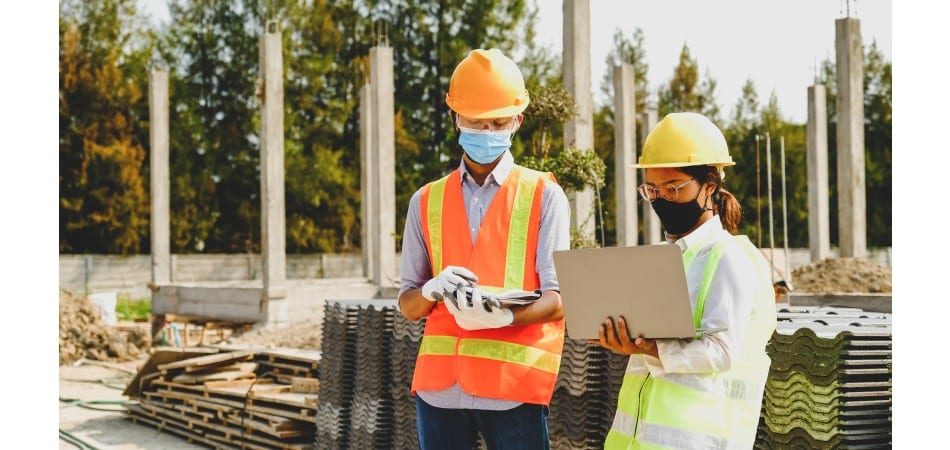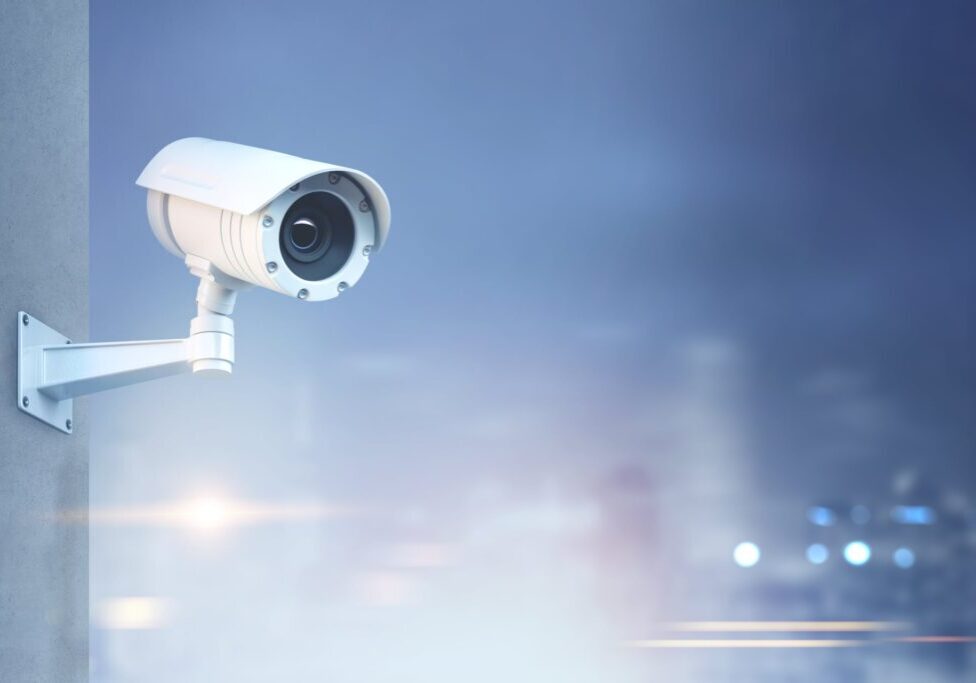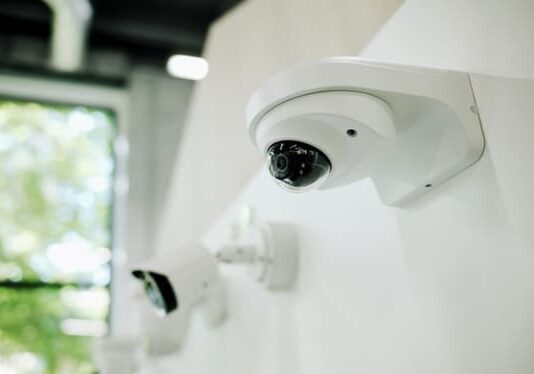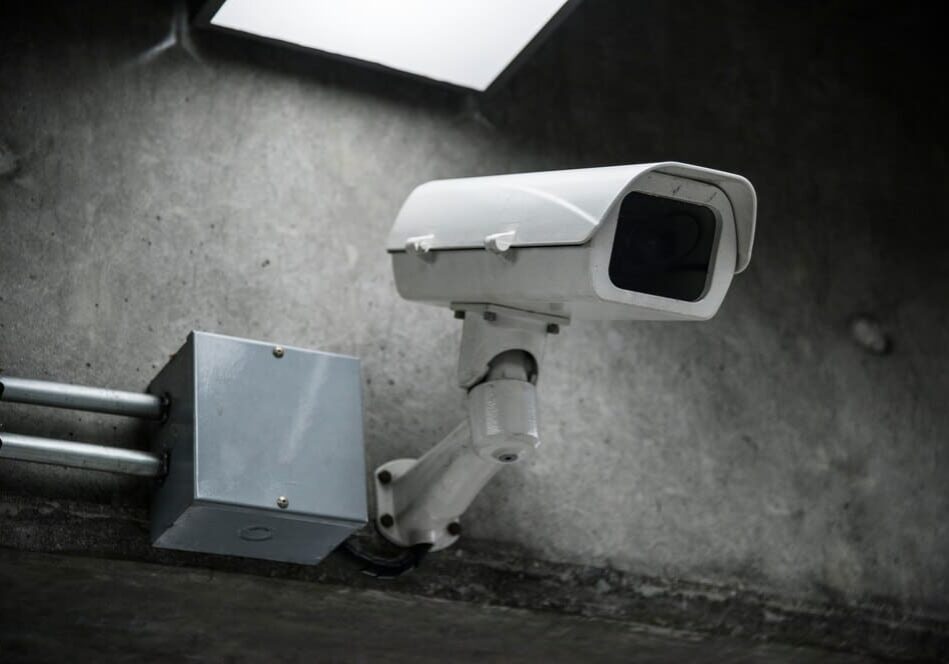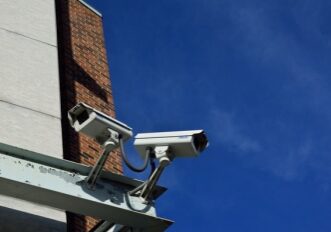Summary: Construction sites face high legal and safety risks. To ensure OSHA compliance and minimize liability, companies must enforce strict safety protocols, maintain equipment, train workers, and document all procedures. Proper insurance, clear contracts, and legal support further protect against injury, property, and environmental claims while promoting a safer, compliant workplace.
Protecting your site from legal problems is imperative in the high-risk, fast-paced construction sector. Issues cover workplace incidents to disputes over contracts, and there is always a risk of legal claims looming overhead. This article presents practical tips and professional advice to protect your construction site from legal problems. These important steps will develop a safer, more compliant, and more efficient work environment to limit the risks of expensive legal entanglements.
Types of Liability in Construction
Construction projects have many risks, and understanding possible liabilities is important. Here are the key kinds of liability commonly experienced in the construction enterprise:
- Personal Injury: This coverage delivers security for injuries to individuals, such as employees, guests, or passersby, resulting from hazardous conditions, mishaps, or neglect on the work site. Personal injury range delivers accountability for any on-site injuries, be it a slip and fall or tools failure.
- Property Damage: Property damage is harm induced to the neighboring properties or the construction site itself. It may result from improper site management, accidents, or shoddy workmanship. Property damage liability needs to be addressed to protect the interests of the adjacent property owners and the project.
- Environmental Damage: Environmental liabilities occur when construction activities negatively impact the surrounding circumstances. It may include pollution, habitat collapse, or failure to adhere to environmental laws. Ensuring building projects concede with all laws to prevent environmental damage and avoid costly penalties is necessary.
- Contract Disputes: Contractual disputes are common issues faced by construction projects where terms of agreements are not fulfilled. Such disputes can be related to project scope, quality of work, time, or money. Effective resolution of such disputes is essential to ensure a smooth operation and prevent legal clashes.
Legal Framework for Construction Sites
Sites are governed by legal measures assuring the work’s safety, quality, and efficiency. Here are some of the critical frameworks within which construction companies must work:
- OSHA Compliance: OSHA is a federal organization that controls its activities to eliminate workers’ exposure to health and safety hazards. Construction companies are expected to comply with OSHA regulations to reduce the risks and to create a safe working atmosphere. Failure to comply with OSHA standards can lead to the court’s consideration of high penalties and cause worker safety issues.
- Local Building Codes: Relying upon the area, one may have specific building codes that determine materials, design, and construction plans for projects to follow. These codes ensure that construction projects work according to local security and quality criteria. Returning the codes sidesteps costly delays and ensures the structures are safe for occupancy.
- Contractual Obligations: A construction contract sets the terms of trade and expectations between the parties concerning timelines, budgets, and the quality of a project. It is important to meet contractual obligations to avoid legal wrangling and being held liable for their breach. Breaching contractual obligations may cause project delays, cost penalties, or legal actions.
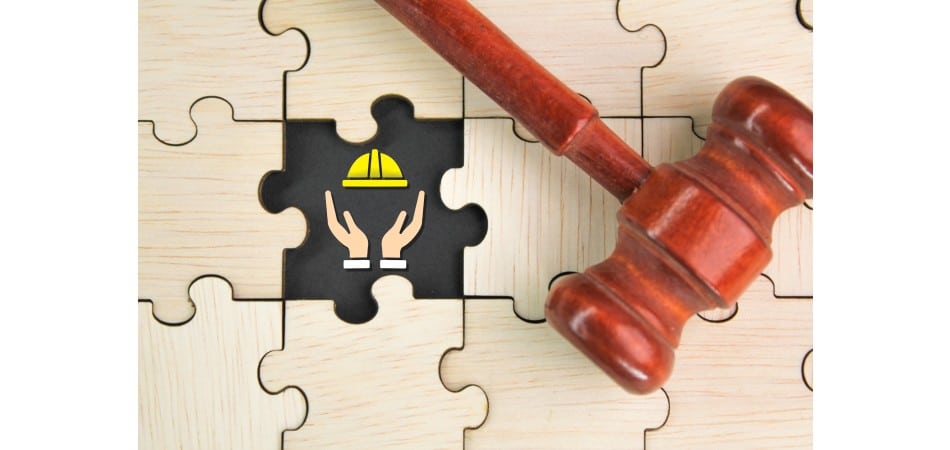
Key Strategies for Liability Prevention
Construction liability must be prevented prior to the occurrence of a negative event. The following is a brief explanation of some of the steps that you must implement to protect your business from expensive litigation.
Risk Assessment as a Whole
Comprehensive knowledge of what construction liability is forms a crucial part of how to protect the business. The liability may arise from various sources, e.g., accidents, contractual breaches, or failure to abide by legislation. To offset these risks, a comprehensive assessment must be conducted on risks, and legal obligations must always be updated, with safety and quality being appended to.
Secure Safety Protocols
Safety cannot be an afterthought. Creating strict policies for safety ensures that the population that works for you is protected, and a few possible accidents result in actual liabilities. Training is a continuous activity. Safety equipment must at all times be adequate and clearly understood. There must always be an accident response plan in action.
Quality Control and Compliance
High standards and strict compliance with all the pertinent regulations mean taking away any possible liability. It involves using the following building codes, procuring appropriate permits, and arranging routine inspections. By instituting a proper quality control system, you can ensure that construction projects are up to standard and eliminate possible legal issues in the future.
Common Causes of Liability on Construction Sites
Construction sites tend to be risky environments, and by knowing the most common causes of liability, companies can bring to an end some costly accidents and legal battles.
- Unsafe Working Conditions: Poor approach to safety, improper supervision, and easy side-stepping of regulatory matters can give rise to accidents and place workers in grave danger. Such accidents result in injury to workers, render significant financial loss to the company, and harm the company.
- Equipment Inadequately Maintaining: Construction equipment is more prone to malfunctions, old and beyond repair, which can cause accidents and harm to property. Equipment should be maintained and upgraded to mitigate these risks and provide a safer environment for all on-site personnel.
- Negligence in Safety Procedures: The chances of accidents and injuries greatly increase if necessary safety measures are never implemented or demanded during working conditions. By keeping safety codes continuously, companies can safeguard their working population and ensure that projects proceed without unwarranted delays toward successful completion.
- Worker Training Deficiency: Workers untrained or undertrained are usually ill-prepared for on-site challenges, resulting in errors, accidents, and disregard for safety standards. It endangers the workers, compromises the quality of work, causes financial loss, and may also draw legal battle.
- Environmental Law Violations: Disregarding environmental laws tends to result in heavy fines, penalties, and lawsuits. It tarnishes the company’s image, strains relations with stakeholders and clients, and undermines the future growth and trust within the industry.
Insurance and Bonding for Protection Against Liability
Insurance and bonding are important tools of protection on a construction site that protect the business against potential liabilities. From general liability insurance to performance bonds, every construction manager and owner should be well aware of the ins and outs of various means of coverage and what they protect on the projects. Being insured is important to protect one’s assets and lower the financial exposure to unforeseen events.
Contractual Agreements as a Means of Managing Liability.
Agreements on Contract and Liability Clauses
In building projects, liability is best handled by detailed and explicit contracts. One lays out an understanding of each participant’s roles, obligations, and liabilities clearly. Hence, there is no room for ambiguity. They establish expectations and obligations ahead of time to avert expensive misunderstandings and arguments and thereby minimize the liability for each party.
Enacting Viable Protection Strategies
Cautious security precautions should be initiated to protect your business, reduce risks, and make your world safer.
- Risk Management: Recognizing potential threats begins with objectively assessing possible dangers and openness surrounding your business environment. Awareness of these risks allows you to proactively decrease accidents and guard against claims. It also proves that you are very concerned with risk management and willing to pursue trade regulations.
- Security Procedures: Instituting proper safety techniques, such as routine safety drills and issuing the right protective gear, may help considerably lower workplace accidents. Strict compliance to these procedures ensures the protection and wellness of your staff while creating a productive and safe workplace.
- Equipment and Site Maintenance: Regularly, equipment and structures should be checked and maintained to help identify possible problems before they become issues. Keeping proper safety techniques in hand and providing instruction on equipment usage can also help prevent accidents and enhance site safety.
- Training and Education: Enlightening your employees on applying proper safety procedures, legal needs, and everyday operations creates awareness and a sense of duty, thus leading to fewer mistakes and a safer work environment. Equipped with relevant information, staff members will likely be better prepared for potential threats and the use of required standards, thereby decreasing threats.
- Documentation: Maintaining proper records of safety protocols, inspections, and actions at compliance is useful for supporting claims of legal disputes. The paperwork shows a regard for the protocols for safety, which helps your business if you experience issues and provides a useful defence in case of law.
- Insurance: The proper insurance coverage is essential in safeguarding your company financially. Insurance presents a sort of safety net against accidents, property damage, or against liabilities, and thus averts crushing financial setbacks. Determining appropriate coverage ensures your company is ready for the unexpected and provides comfort against uncertainty.
Legal Support and Representation
Seasoned construction law guidance offers useful insight into developing real contracts that suit each project’s needs, keeping them clear and minimizing the likelihood of conflicts. In cases of dispute or claims, their experience allows rapid construction site security solutions through negotiation, mediation, or litigation, keeping your investments and reputation in construction.
Conclusion
Protecting your construction site is of the greatest significance in avoiding any liabilities. Building managers must mitigate the threat by highlighting safety, abiding by the law, keeping records, and pursuing counsel. Pre-emptive steps will conserve your project, protect your employees, and preserve your firm’s right name.
Keep alert, keep respectful, keep confident! For that peace of mind that automotive dealership real-time surveillance, Contrect Resolute Partners today and let us show you how we can help you protect your construction site.
Frequently Asked Questions

Michael S. Blanco is the Chief Executive Officer and Co-Founder of Resolute Partners, LLC, where he leads strategic initiatives across various divisions. After owning family entertainment centers in New England, he co-founded Resolute Partners in 1996, launching the first Internet cafés for the U.S. Navy and partnering with AT&T for global deployment. A pioneer in wireless communications, Michael has expanded the company’s focus to include Energy Management/IoT, Cybersecurity, and Managed Video Security. He holds a degree from the Rochester Institute of Technology.
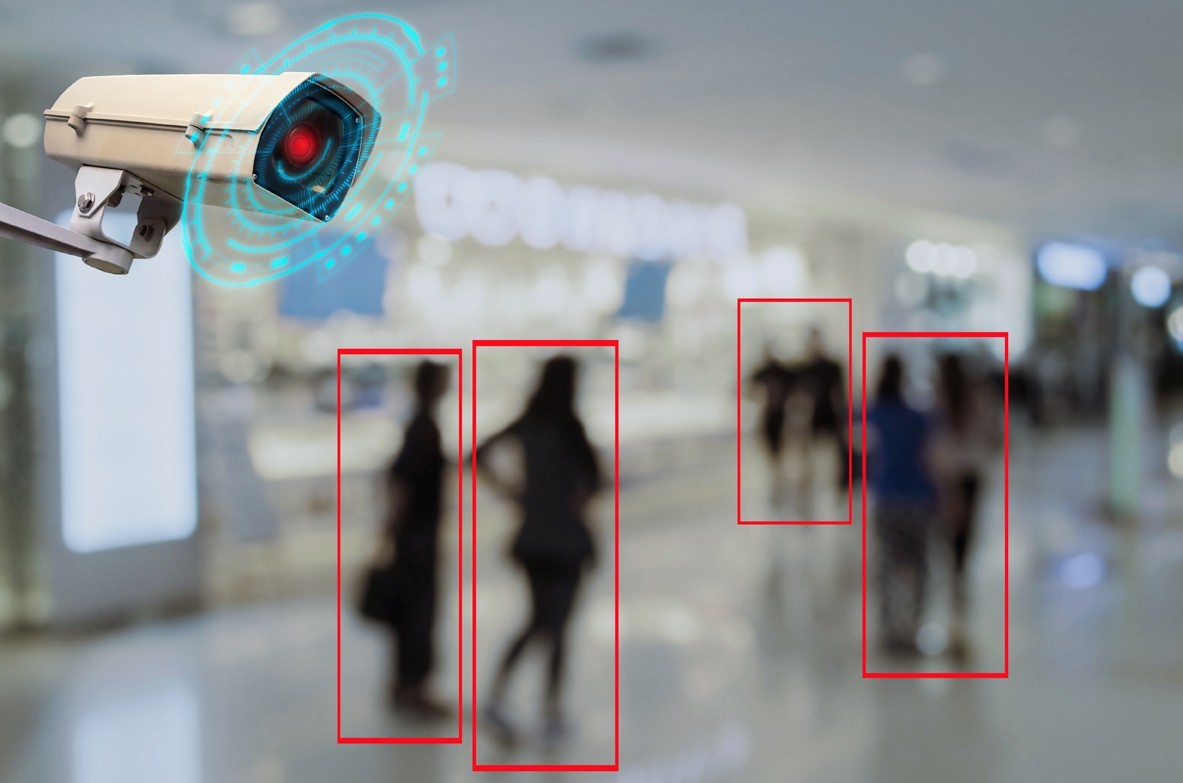
Stay up to date.
Subscribe for latest news, protection tips, special offers, and more!


